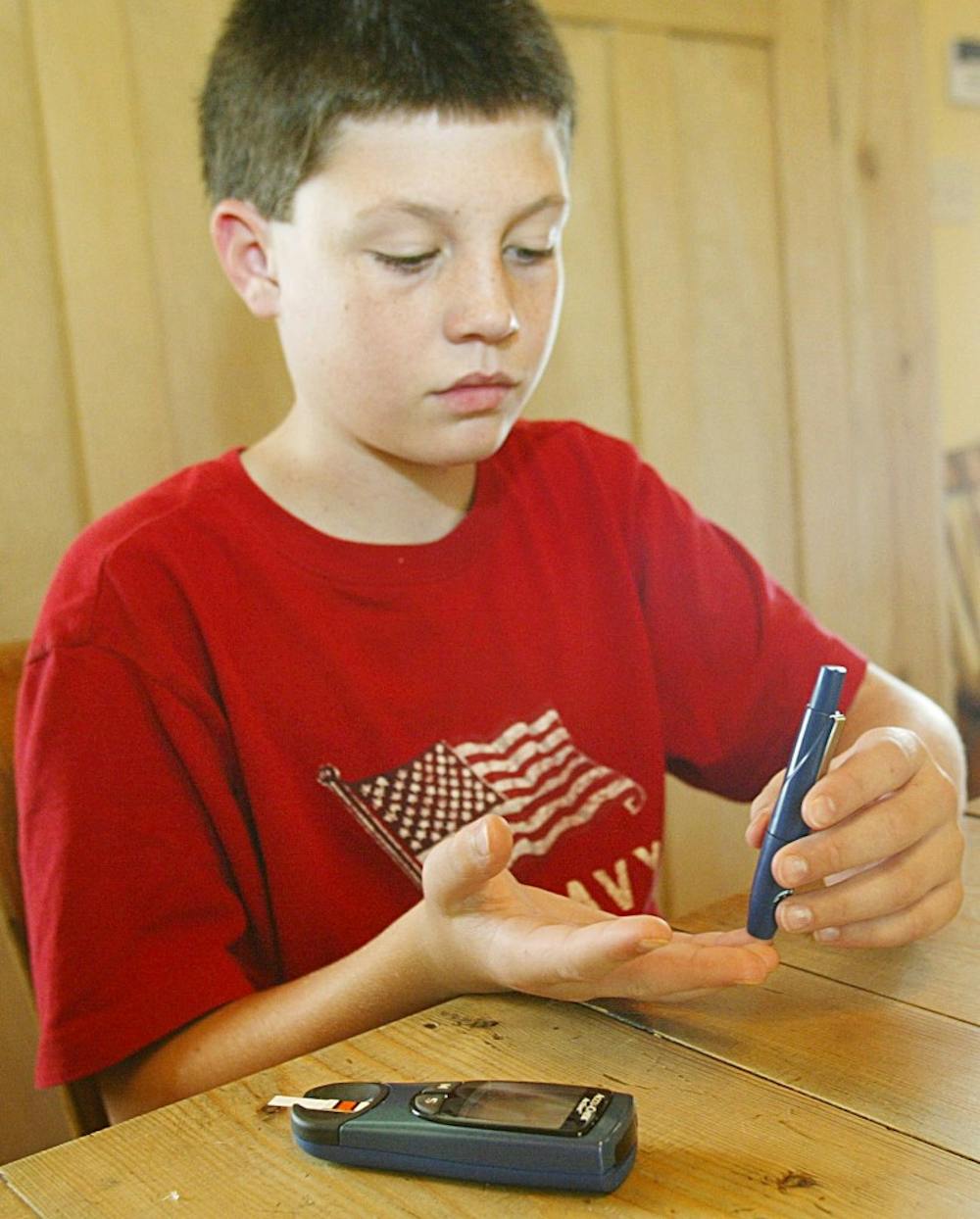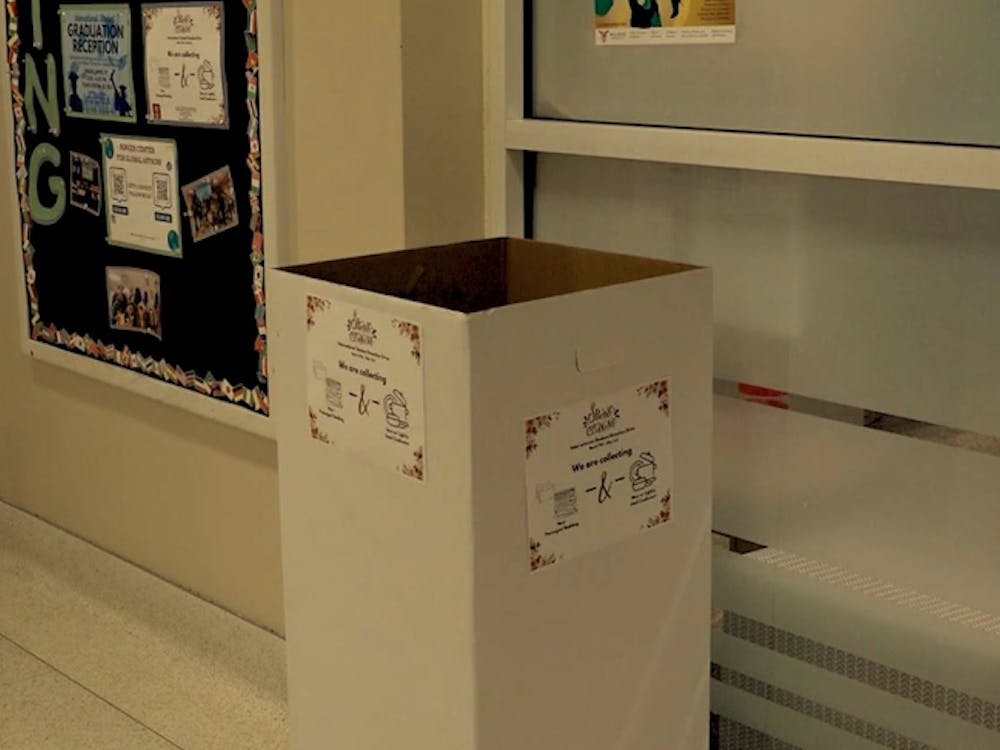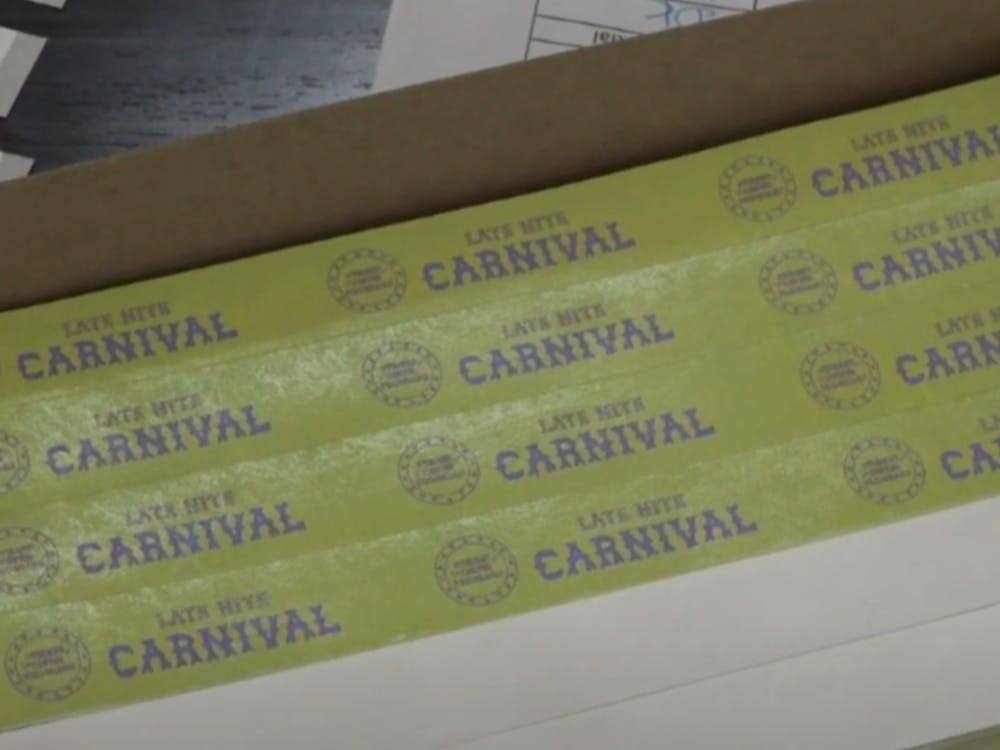MUNCIE, Ind. (AP) — An Ivy Tech Community College instructor in Muncie was instrumental in getting a state law passed that could cut down on heart attacks, strokes, amputations, erectile dysfunction, kidney damage and other complications of diabetes.
Senate Bill 461, which takes effect next month, allows emergency medical technicians to do a finger stick to check a patient's blood sugar.
Under current law, paramedics but not EMTs are allowed to conduct the test, even though people including children check their blood sugar in that fashion at home or school on a daily basis.
"The whole point is so people don't walk around for 10 years not knowing they've got diabetes," said Stephanie Freeman, the instructor. "It can cause damage to your kidneys, your heart, your eyes — you have all this damage going on and they don't even know about it. I'm hoping this can screen a few more people sooner, and ultimately we will have less complications and lower overall costs to the health care system."
With far more EMTs — about 19,000 — than paramedics in Indiana, "why not use that resource to try to help?" Freeman told The Star Press. "EMS is the point of entry for the health care system. They're in thousands of homes every day."
Under current law, EMTs are not allowed to use a glucose meter because it was considered an invasive procedure. It measures the amount of sugar (glucose) in your blood. The test requires a finger prick with a lancet to get a drop of blood.
Not every fire/EMS department or every ambulance is staffed with paramedics.
An EMT in Noblesville recently recognized diabetes risk factors, one of which is obesity, on a 20-year-old female patient. "The EMT did a glucose on her and was able to catch a new, 20-year-old diabetic early enough so she doesn't have to go 10 years without knowing it, which can lead to amputations, blindness and other complications," Freeman said.
The state authorized the trial use of glucose meters by EMTs in Noblesville, Cicero and Sheridan.
While 29 million Americans have type 2 diabetes, many others are walking around without knowing they have the disease, she said.
People often call an ambulance for vague symptoms like headache, flu symptoms, confusion, sweating, feeling dazed, hot and dry skin and thirstiness, Freeman said. A blood sugar check can help clarify what's going on.
While earning her master's degree from Anderson University, Freeman was assigned to do a leadership project. Her husband, a paramedic and EMS coordinator, suggested a project to change the law prohibiting EMT blood glucose monitoring. Freeman contacted a firefighter who is also a lobbyist. Sen. Patricia Miller, R-Indianapolis, who is a nurse, authored the legislation.





